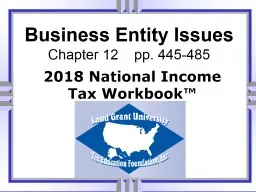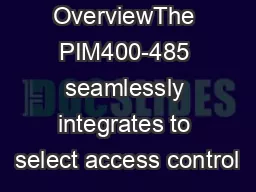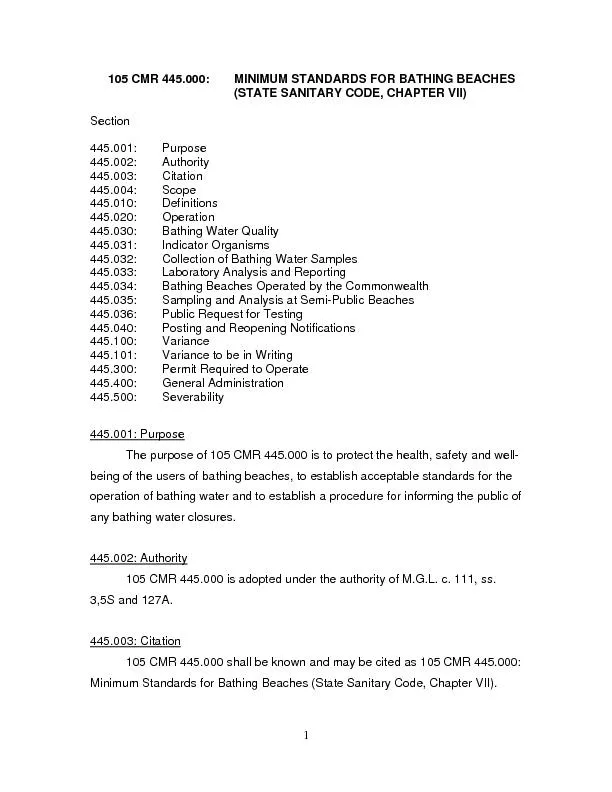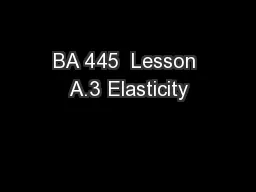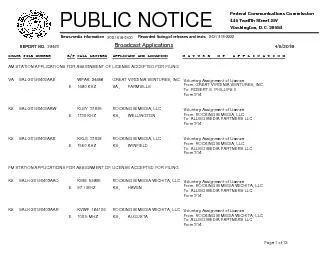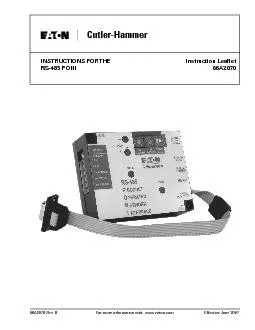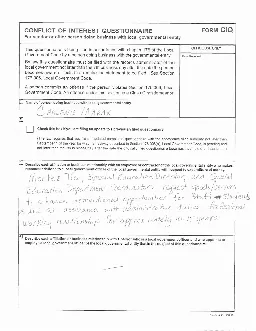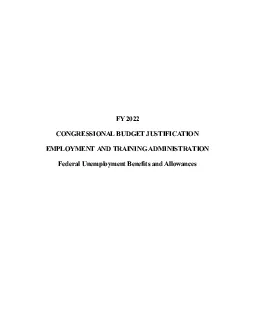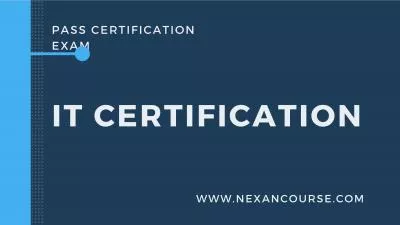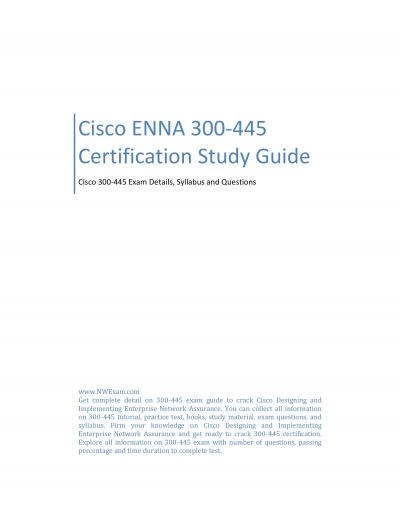PPT-Business Entity Issues Chapter 12 pp. 445-485
Author : tawny-fly | Published Date : 2018-11-06
2018 National Income Tax Workbook Business Entity Issues p 445 TaxExempt Entities Update Choice of Entity under the TCJA Opting Out of the Centralized Partnership
Presentation Embed Code
Download Presentation
Download Presentation The PPT/PDF document "Business Entity Issues Chapter 12 pp...." is the property of its rightful owner. Permission is granted to download and print the materials on this website for personal, non-commercial use only, and to display it on your personal computer provided you do not modify the materials and that you retain all copyright notices contained in the materials. By downloading content from our website, you accept the terms of this agreement.
Business Entity Issues Chapter 12 pp. 445-485: Transcript
Download Rules Of Document
"Business Entity Issues Chapter 12 pp. 445-485"The content belongs to its owner. You may download and print it for personal use, without modification, and keep all copyright notices. By downloading, you agree to these terms.
Related Documents

